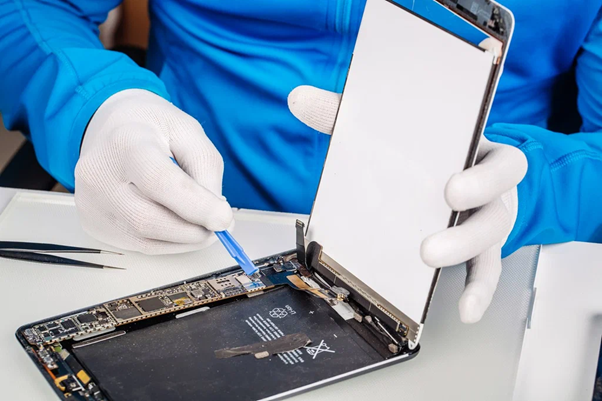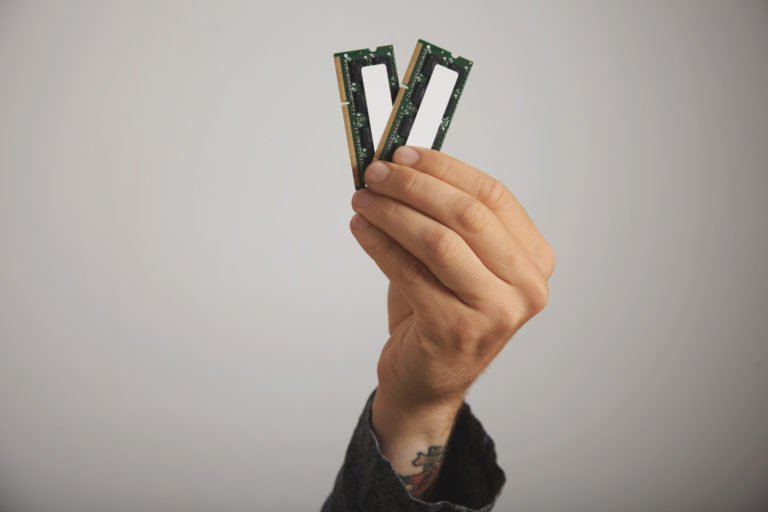I. Introduction
The advent of 5G technology is reshaping the landscape of the Internet of Things (IoT), unlocking unprecedented possibilities for connectivity and data exchange. This article explores the profound impact of 5G on IoT devices, delving into enhanced speed, lower latency, expanded device capabilities, and the transformative potential for various industries.
II. Accelerated Data Speeds
One of the most significant impacts of 5G on IoT devices is the remarkable increase in data speeds. Compared to its predecessor, 4G, 5G offers exponentially faster data transfer rates. This acceleration facilitates real-time communication between IoT devices, enabling quicker decision-making, data processing, and a more seamless user experience.
III. Ultra-Low Latency
Low latency is a critical factor for the effectiveness of IoT applications. 5G brings ultra-low latency, reducing the time it takes for data to travel between devices and networks. This near-instantaneous responsiveness is a game-changer, particularly in applications where split-second decisions are crucial, such as autonomous vehicles, smart healthcare systems, and industrial automation.
IV. Increased Device Capacity
5G’s capacity to handle a massive number of connected devices per square kilometer is a paradigm shift. This expanded device capacity is essential for the proliferation of IoT devices in smart cities, industrial settings, and large-scale deployments. It paves the way for a more interconnected world where countless devices can seamlessly communicate and collaborate.
V. Enhanced Connectivity in Dense Environments
IoT devices often operate in dense environments where numerous devices are in close proximity. 5G excels in such scenarios by providing reliable connectivity even in crowded areas. This is particularly beneficial for applications like smart stadiums, where a multitude of devices, from sensors to connected wearables, require uninterrupted connectivity.
VI. Transformative Potential for Healthcare
In the healthcare sector, the impact of 5G on IoT devices is revolutionary. Remote patient monitoring, telemedicine, and the integration of medical IoT devices benefit from the high-speed, low-latency connectivity offered by 5G. This facilitates real-time data transmission, enabling healthcare professionals to make informed decisions promptly and improving patient outcomes.
VII. Smart Cities and Infrastructure
The deployment of IoT devices in smart cities is a cornerstone of urban development. With 5G, the potential for interconnected smart city applications expands. From intelligent traffic management and efficient waste disposal to enhanced public safety through surveillance cameras and sensors, 5G empowers cities to become more responsive and sustainable.
VIII. Industry 4.0 and Smart Manufacturing
In the realm of Industry 4.0, 5G plays a pivotal role in transforming manufacturing processes. IoT devices in smart factories require high-speed, low-latency connectivity for real-time monitoring, predictive maintenance, and seamless collaboration between machines. This integration leads to increased efficiency, reduced downtime, and enhanced productivity.
IX. Agriculture and Precision Farming
5G’s impact on IoT extends to agriculture, fostering the era of precision farming. Connected sensors, drones, and autonomous machinery rely on high-speed data transfer and low latency for tasks such as crop monitoring, irrigation management, and automated harvesting. This results in more sustainable and resource-efficient farming practices.
X. Security Considerations in 5G IoT
As the number of connected devices proliferates, security becomes a paramount concern. This section explores the challenges and solutions related to ensuring the security of 5G-enabled IoT devices. Topics include encryption, authentication protocols, and the importance of a robust security framework to protect sensitive data in the interconnected IoT ecosystem.
XI. Overcoming Challenges and Deployment Barriers
While the impact of 5G on IoT is substantial, challenges and deployment barriers exist. This section discusses factors such as infrastructure development, regulatory considerations, and the need for standardized protocols to ensure a smooth transition to widespread 5G-enabled IoT deployments.
XII. The Role of Edge Computing in 5G IoT Architectures
Edge computing complements the capabilities of 5G in IoT by enabling data processing closer to the source, reducing latency and optimizing bandwidth usage. This section explores the synergies between 5G and edge computing, emphasizing their collaborative role in unleashing the full potential of IoT devices.
XIII. Conclusion
In conclusion, the impact of 5G on IoT devices is transformative, ushering in an era of unparalleled connectivity and data exchange. From accelerated data speeds and ultra-low latency to increased device capacity and transformative applications across various industries, the marriage of 5G and IoT reshapes the way we perceive and leverage connected devices. As technology continues to evolve, the synergy between 5G and IoT holds the promise of a more interconnected, efficient, and responsive world.
FAQs
- How does 5G impact data speeds for IoT devices? 5G significantly increases data transfer rates for IoT devices compared to its predecessor, 4G. This acceleration facilitates real-time communication, quicker decision-making, and a more seamless user experience.
- What is the significance of ultra-low latency in 5G-enabled IoT applications? Ultra-low latency in 5G is crucial for applications where split-second decisions are essential, such as autonomous vehicles, smart healthcare systems, and industrial automation. It ensures near-instantaneous responsiveness, enhancing the effectiveness of IoT applications.
- How does 5G contribute to increased device capacity for IoT? 5G can handle a massive number of connected devices per square kilometer, expanding the device capacity for IoT. This scalability is essential for the proliferation of IoT devices in smart cities, industrial settings, and large-scale deployments.
- In what industries does 5G have a transformative impact on IoT applications? 5G has a transformative impact on various industries, including healthcare (telemedicine, remote patient monitoring), smart cities (traffic management, public safety), manufacturing (Industry 4.0, smart factories), agriculture (precision farming), and more.
- What security considerations are relevant in the context of 5G-enabled IoT devices? Security considerations for 5G-enabled IoT devices include encryption, authentication protocols, and the need for a robust security framework to protect sensitive data. The interconnected nature of IoT devices emphasizes the importance of implementing comprehensive security measures.






